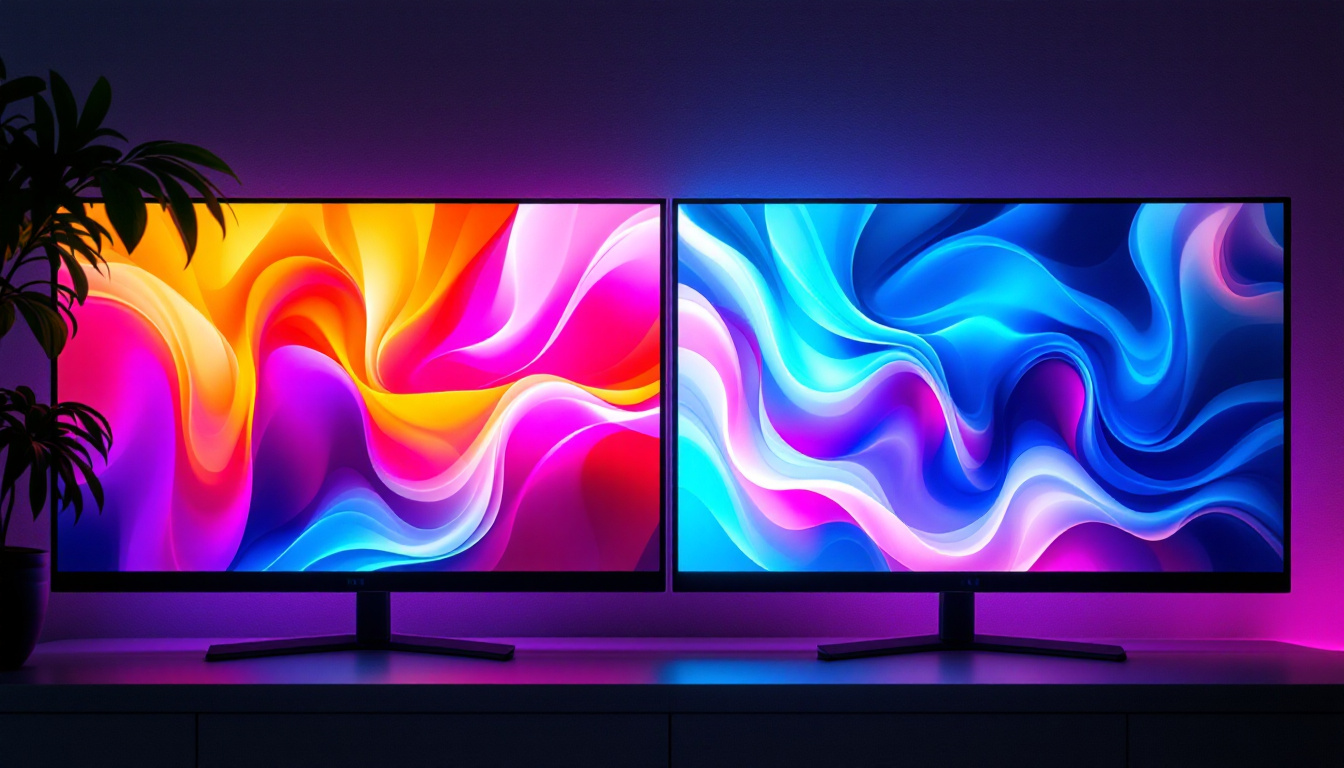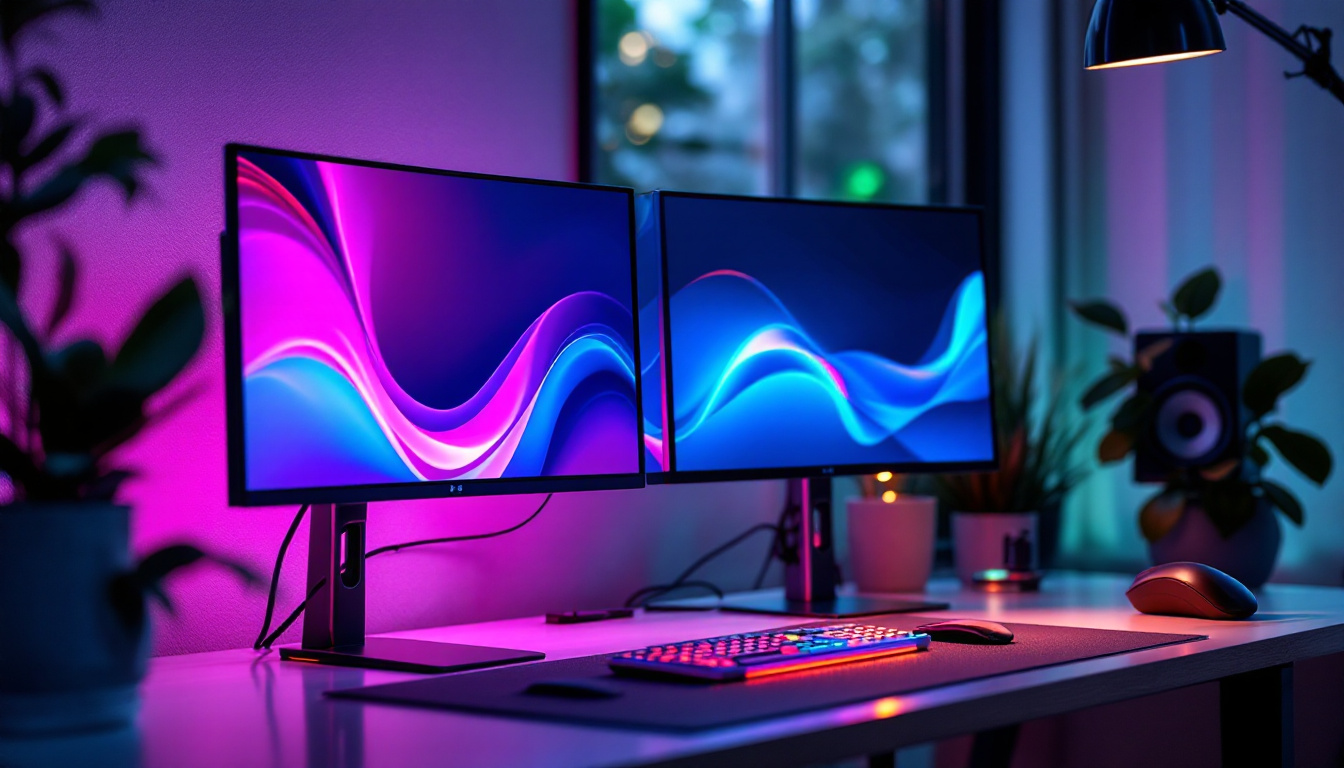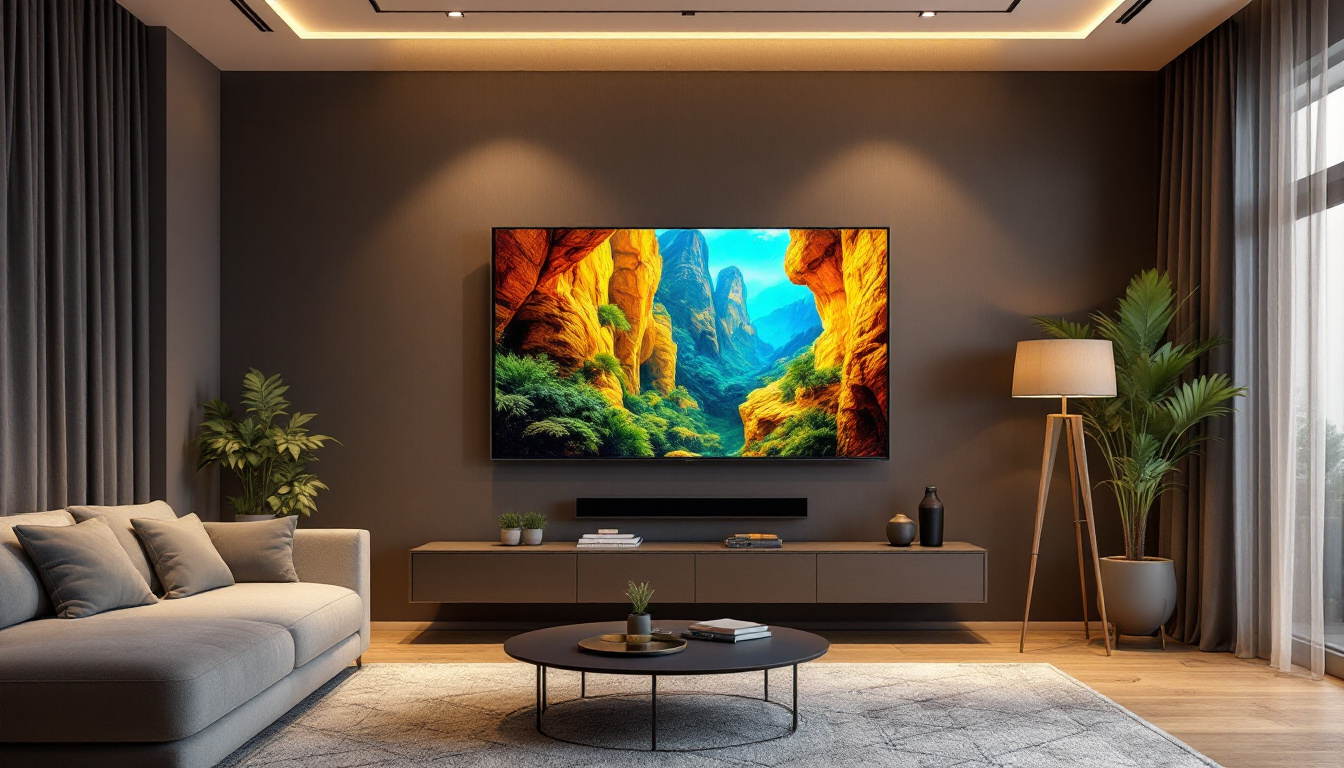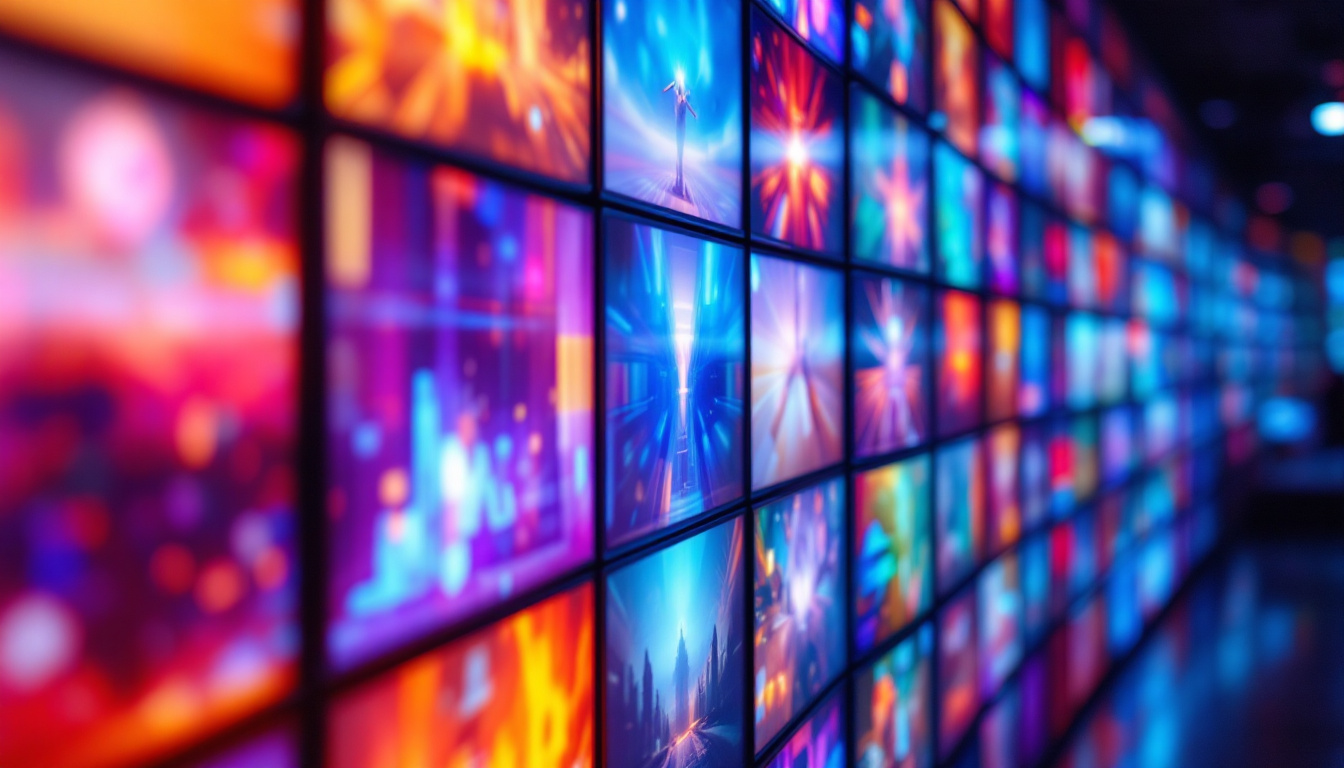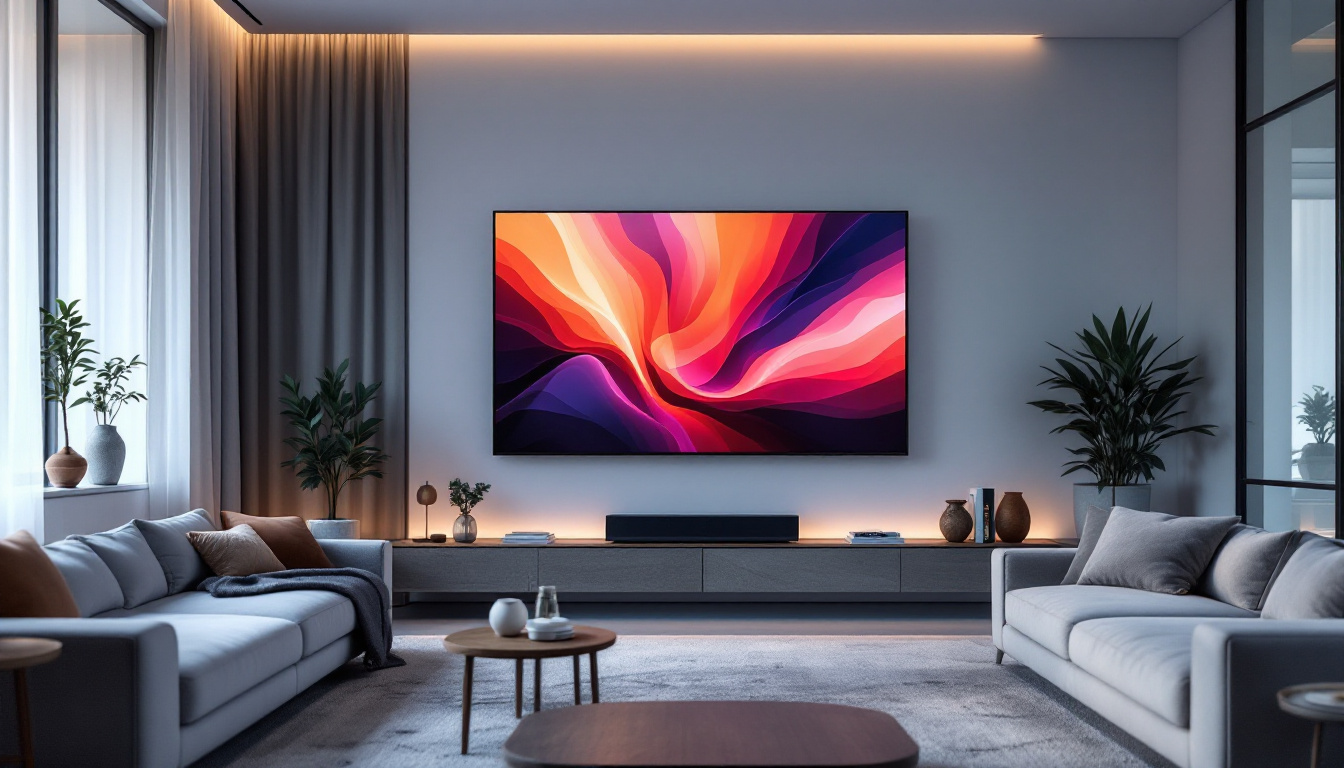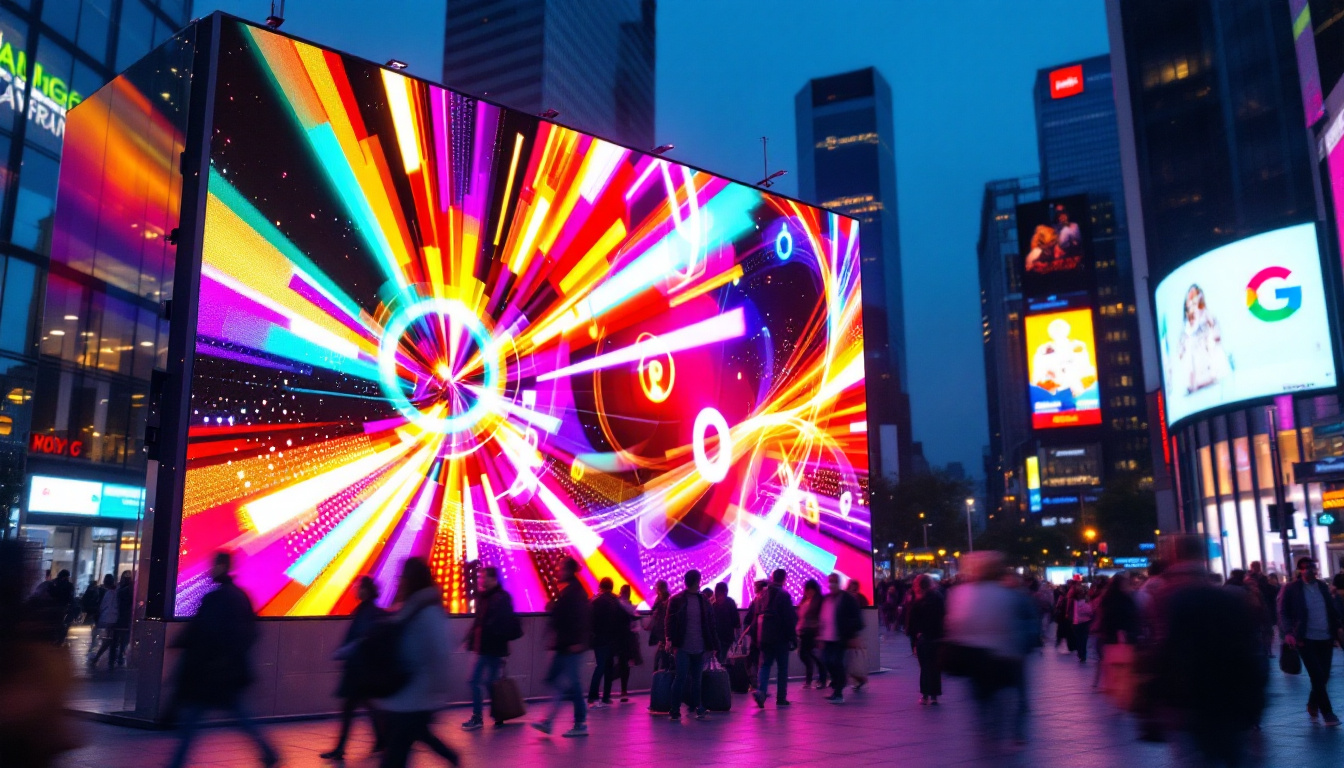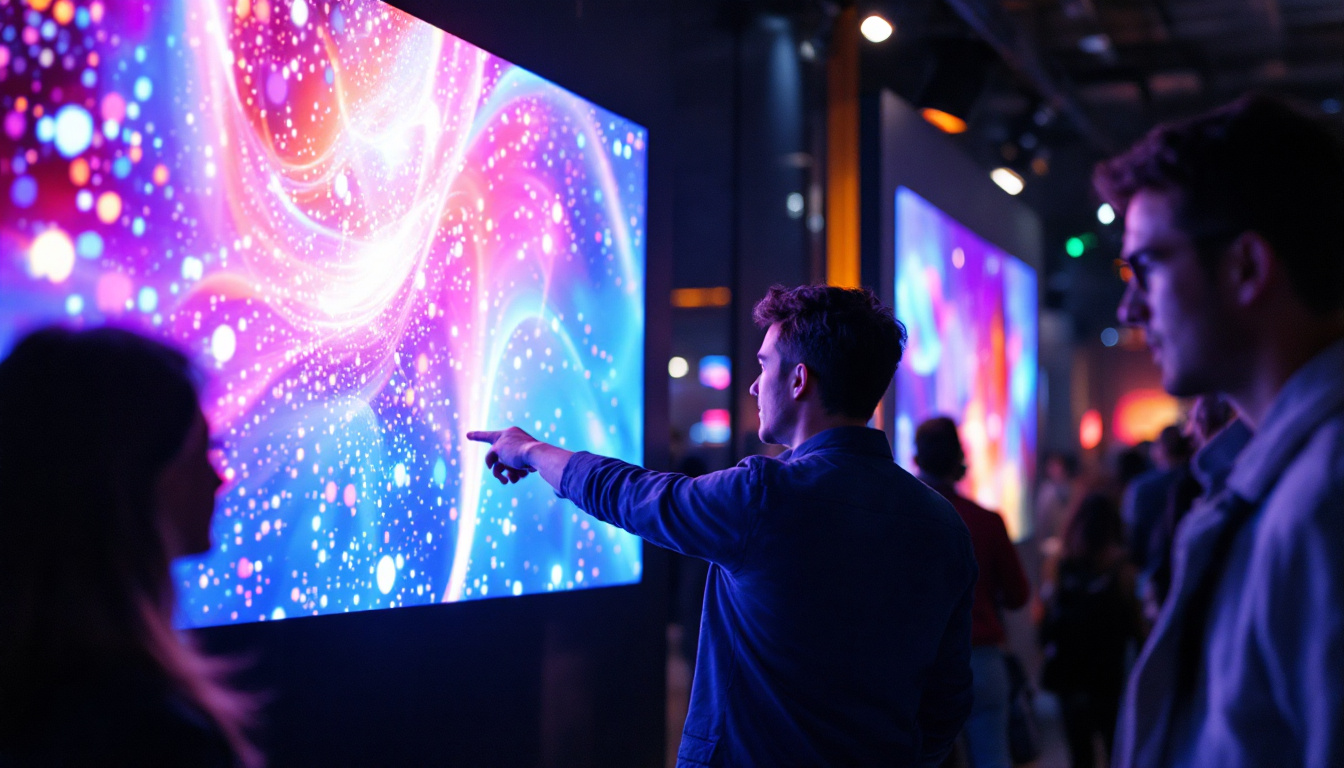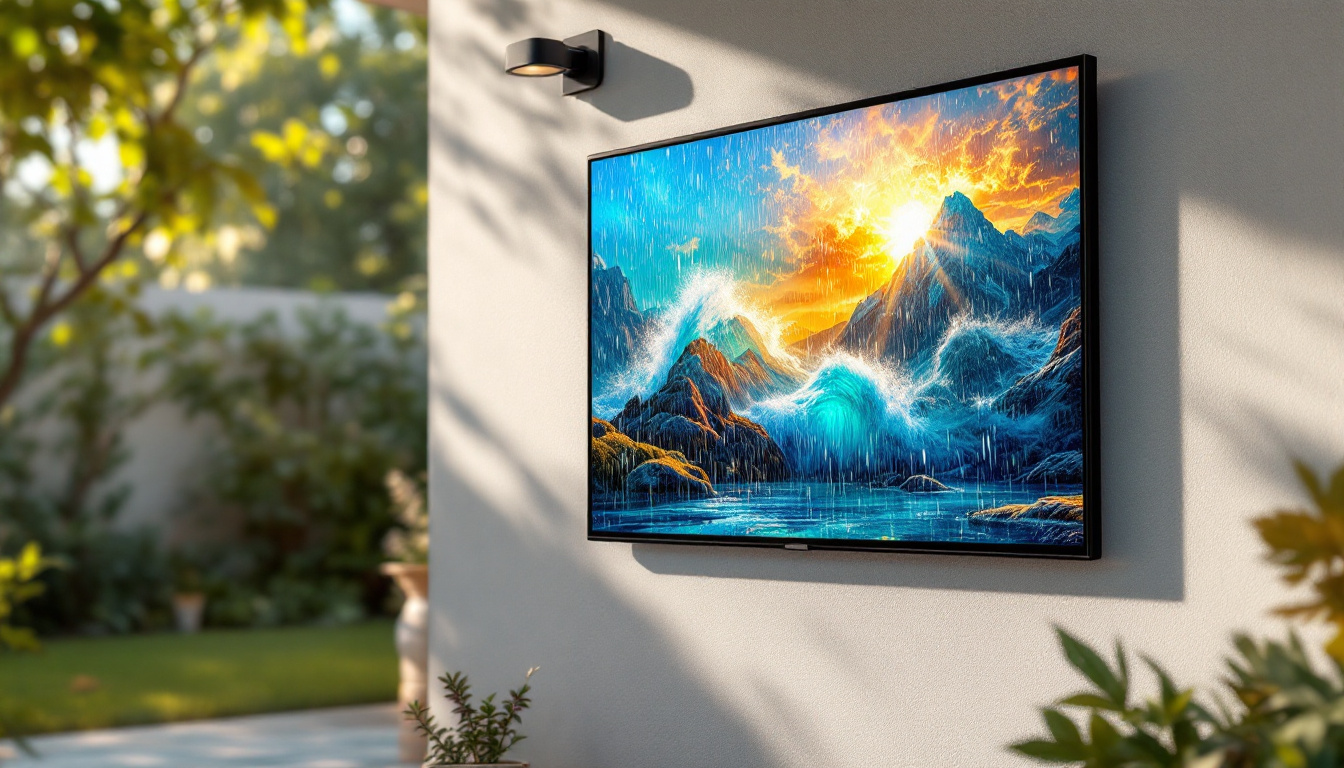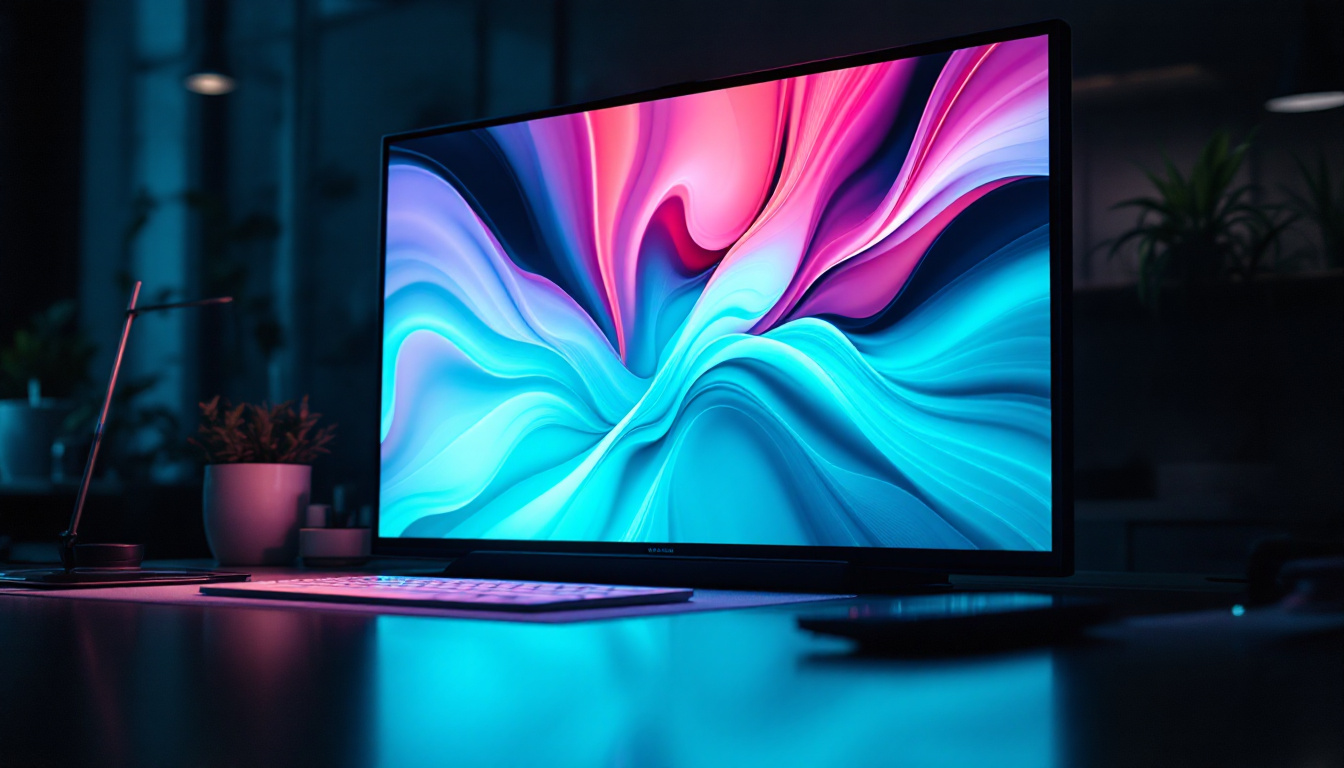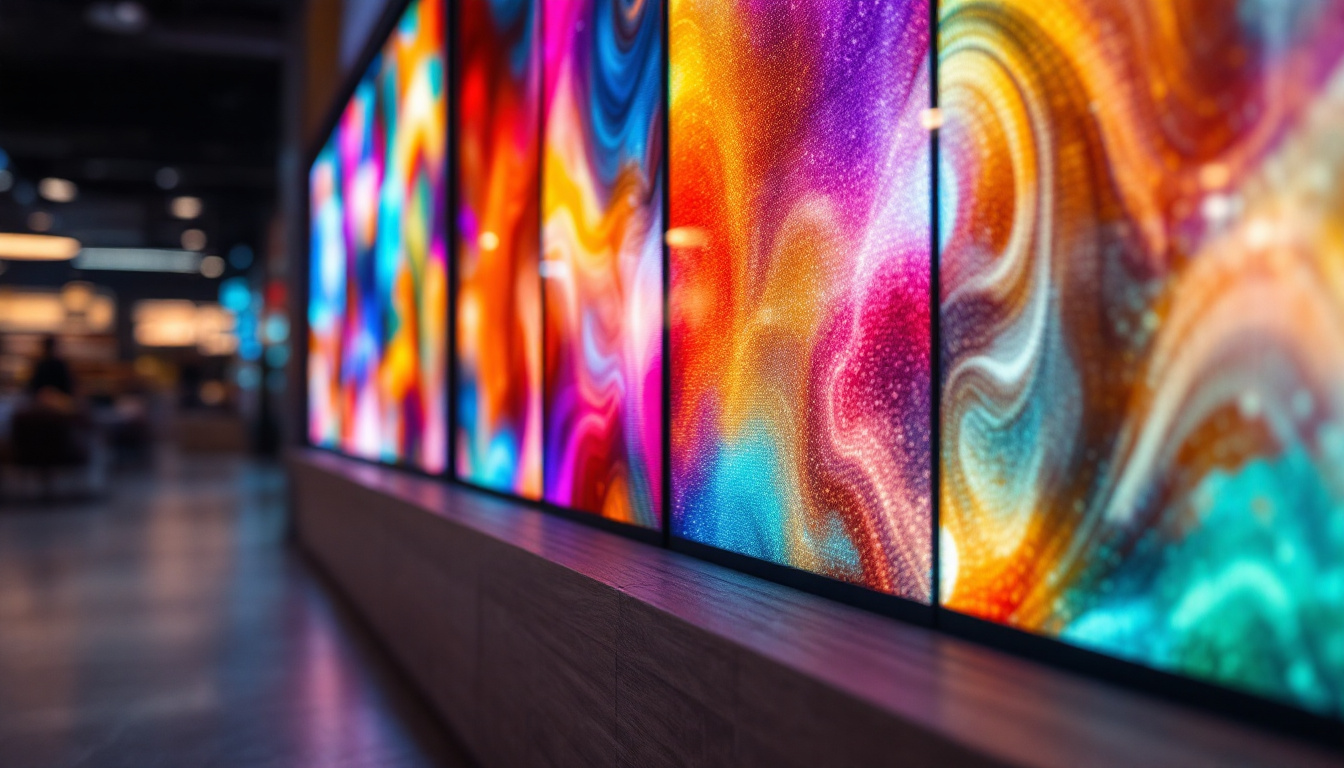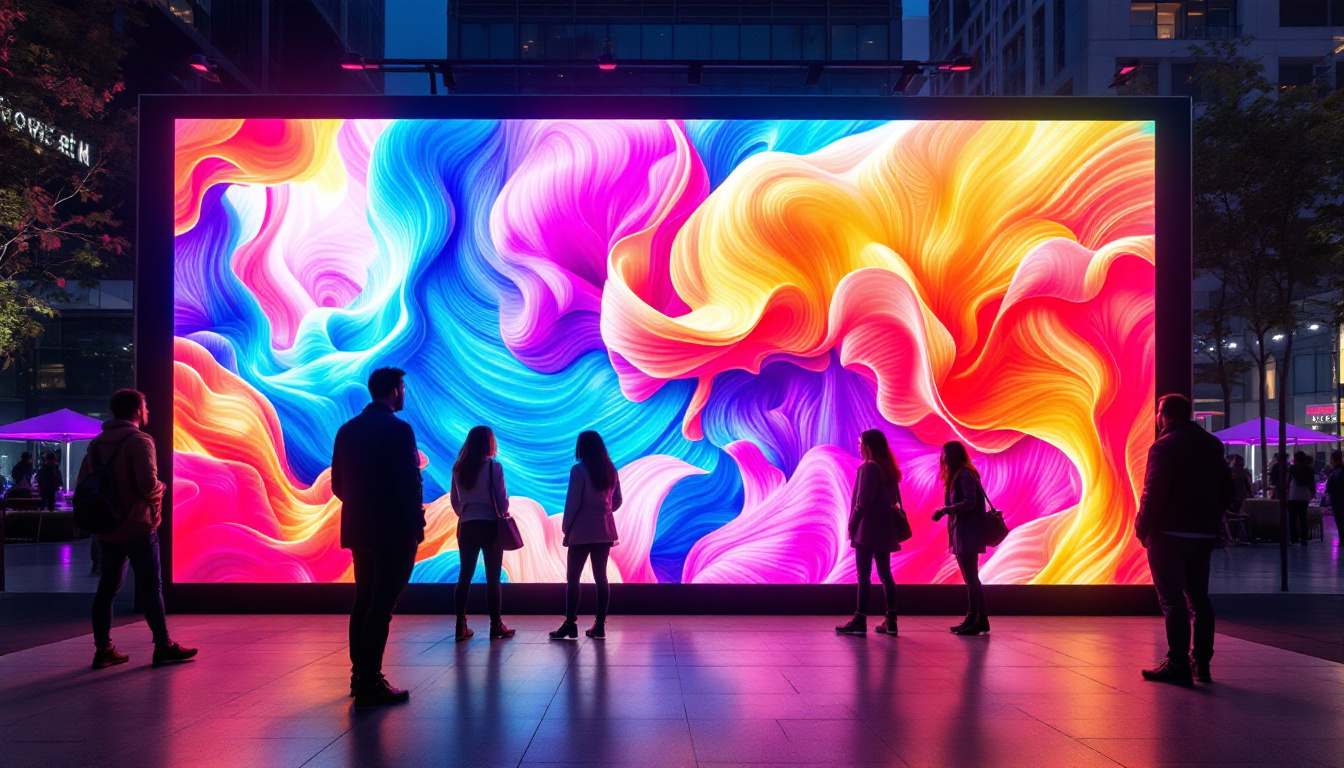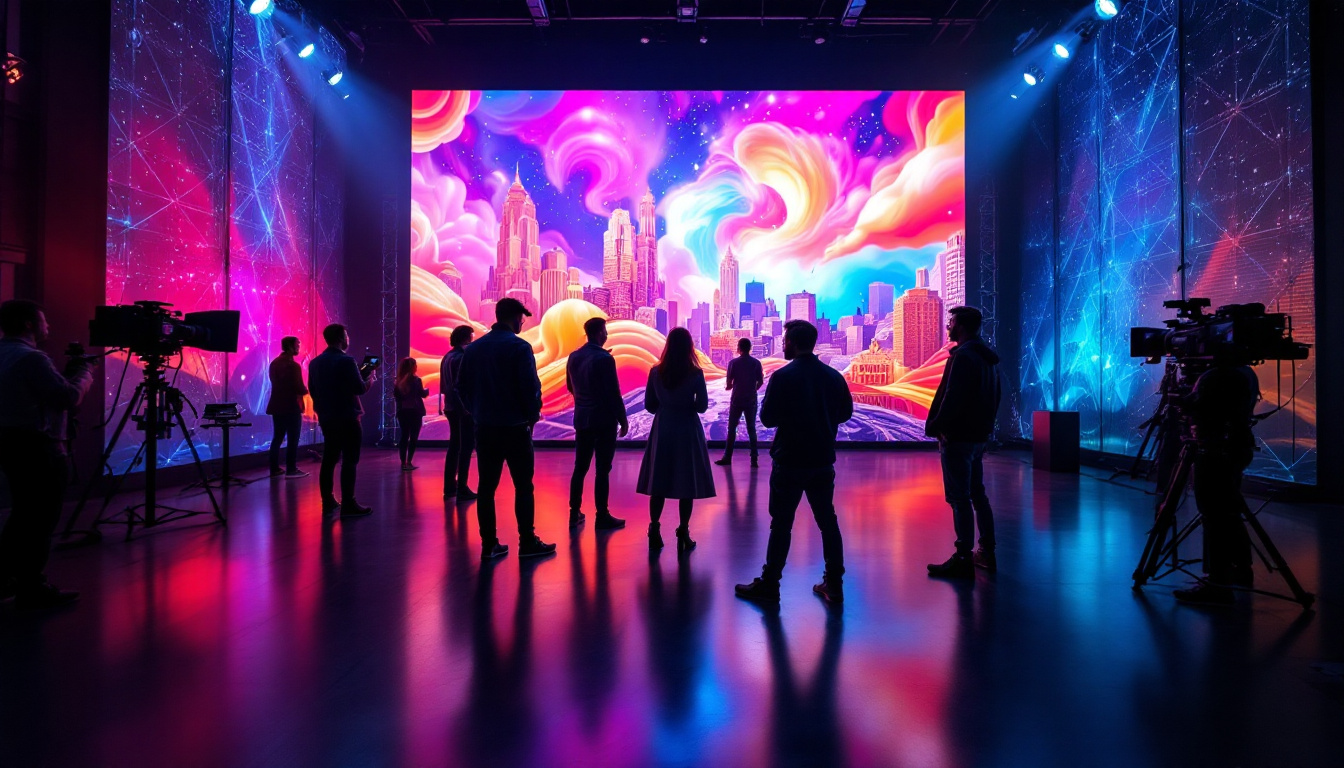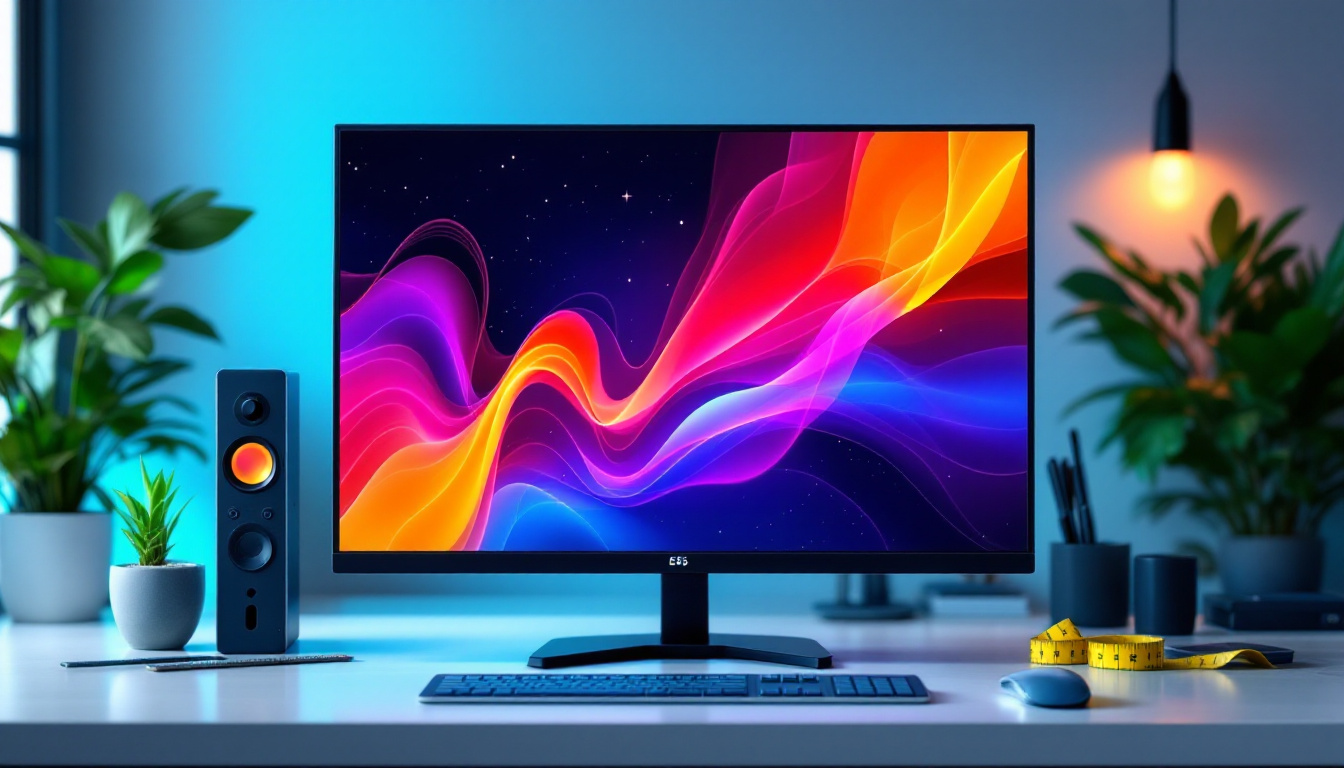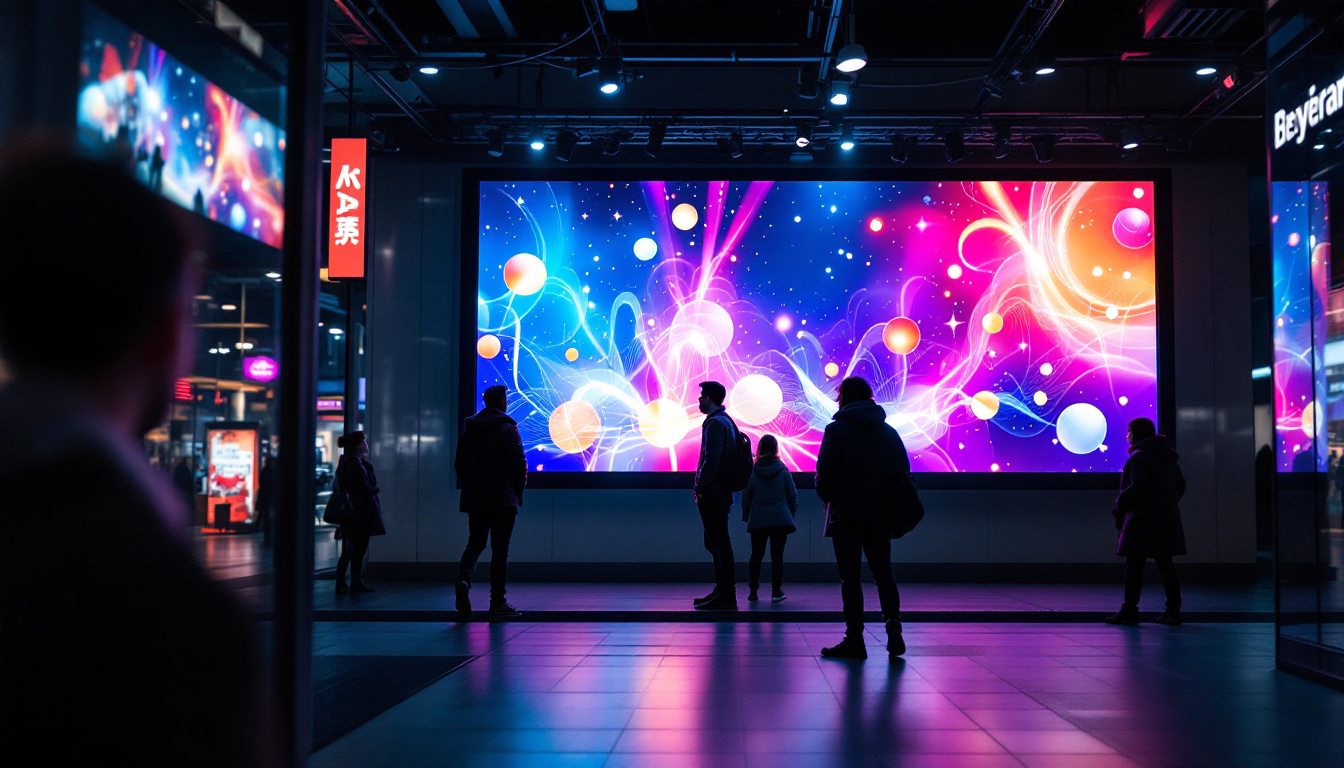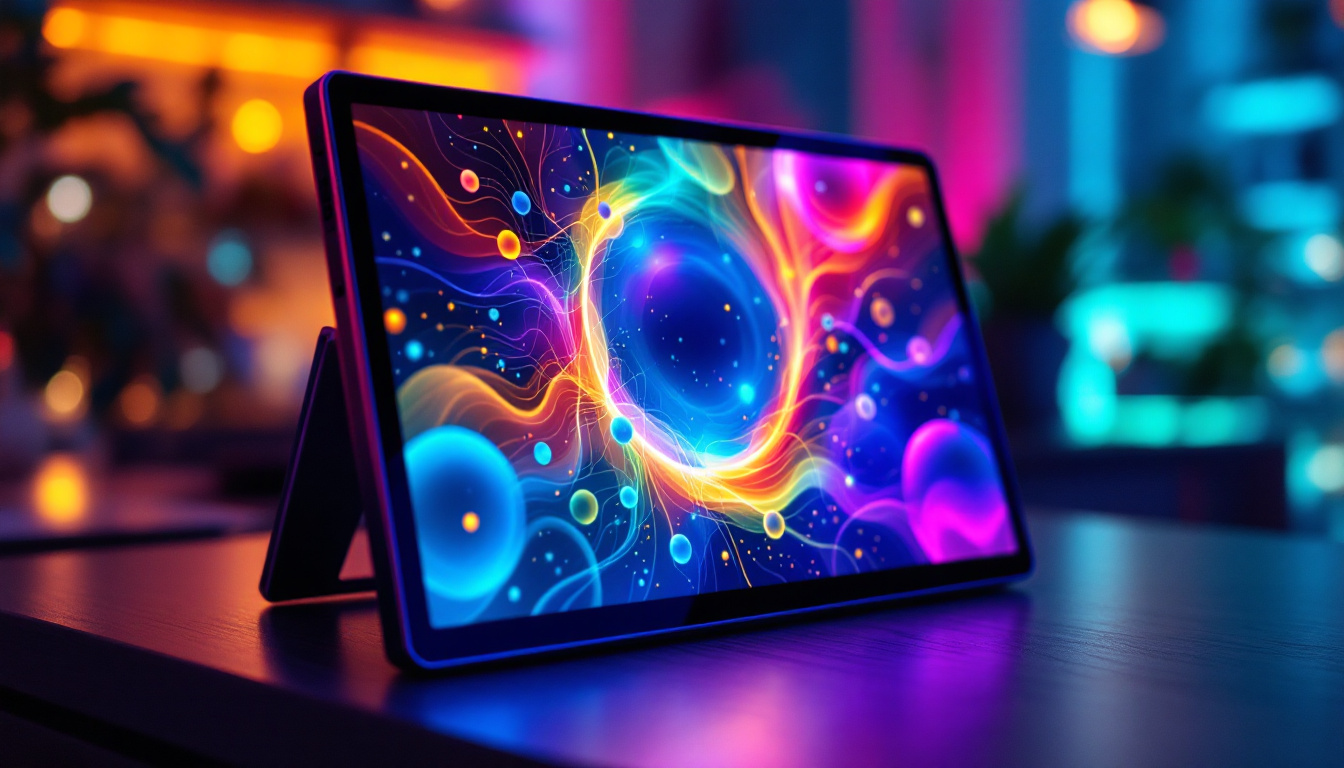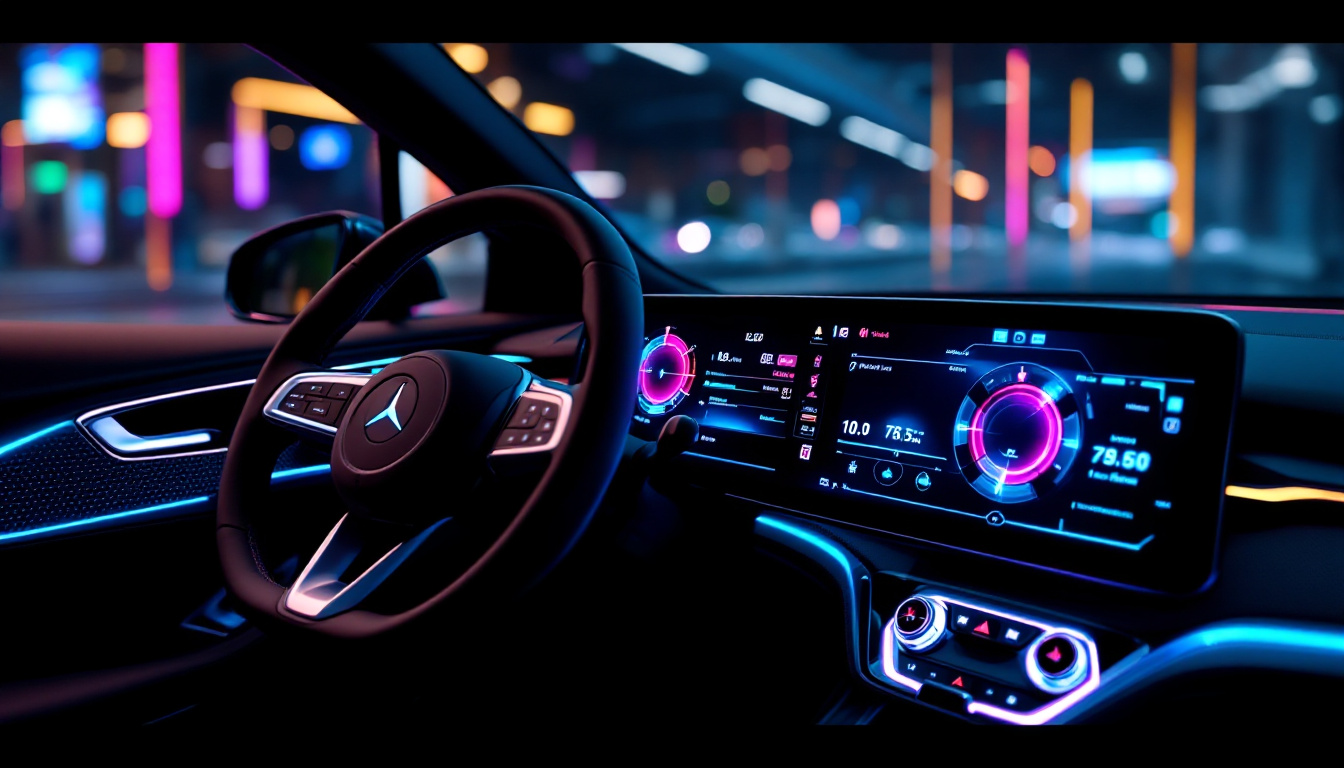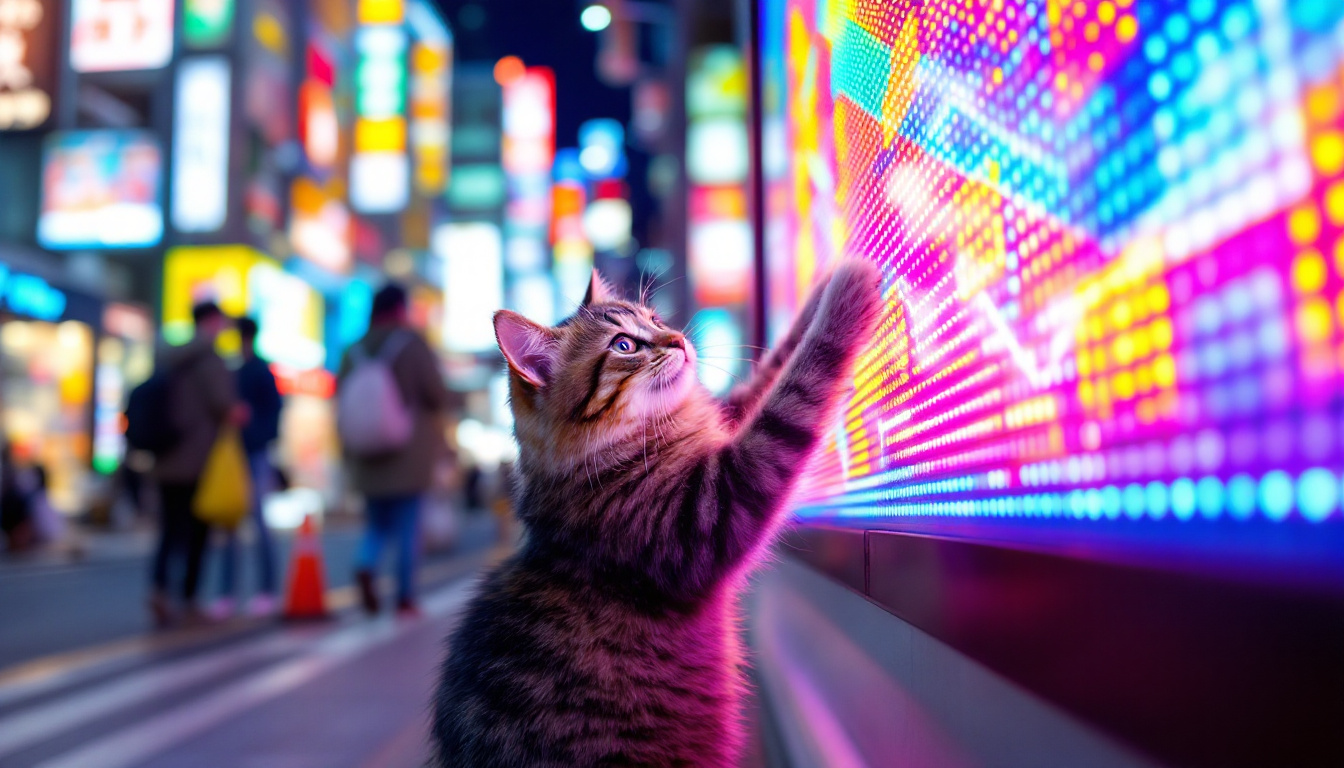In the modern world, touchscreen technology has become ubiquitous, transforming the way we interact with devices. From smartphones to tablets and interactive kiosks, the integration of touchscreens has revolutionized user experience. At the heart of these devices is the LED display, a technology that plays a crucial role in delivering vibrant visuals and responsive touch capabilities. This article delves into the intricacies of touchscreen screens and LED displays, exploring their functionalities, types, and the technology behind them.
Understanding Touchscreen Technology
Touchscreen technology allows users to interact directly with what is displayed on the screen, eliminating the need for traditional input devices like keyboards and mice. This direct interaction is made possible through various technologies that detect touch inputs, translating them into commands that the device can process.
Types of Touchscreen Technologies
There are several types of touchscreen technologies, each with its own advantages and applications. The most common types include resistive, capacitive, and optical touchscreens.
- Resistive Touchscreens: These screens consist of two flexible layers separated by a small gap. When pressure is applied, the layers touch, registering the input. They are cost-effective and work well with gloves or styluses, making them ideal for industrial applications.
- Capacitive Touchscreens: Unlike resistive screens, capacitive touchscreens use the electrical properties of the human body to detect touch. They are more sensitive and provide a clearer image, which is why they are commonly found in smartphones and tablets.
- Optical Touchscreens: These screens use cameras or infrared sensors to detect touch. They are often used in large displays and interactive kiosks, offering a larger viewing area without compromising on touch sensitivity.
How Touchscreens Work
The operation of a touchscreen involves several key components, including the display panel, touch sensors, and a controller. When a user touches the screen, the touch sensors detect the location of the touch and send this information to the controller, which processes the input and executes the corresponding action on the display.
In capacitive touchscreens, the screen is coated with a transparent conductor. When a finger touches the screen, it creates a disturbance in the electrostatic field, which is detected by the sensors. This allows for multi-touch capabilities, enabling users to perform gestures like pinch-to-zoom.
In addition to these fundamental principles, touchscreen technology has evolved significantly over the years. Modern touchscreens often incorporate advanced features such as haptic feedback, which provides tactile responses to user interactions, enhancing the overall user experience. This technology simulates the sensation of pressing a physical button, making digital interactions feel more intuitive and satisfying. Furthermore, advancements in materials science have led to the development of more durable screens that resist scratches and damage, ensuring longevity and reliability in everyday use.
Moreover, the integration of touchscreen technology into various sectors has transformed how we engage with devices. In retail, for instance, interactive touchscreens allow customers to browse products, place orders, and even customize their purchases, all while providing a seamless shopping experience. In education, touchscreens facilitate interactive learning environments, enabling students to engage with educational content in dynamic and collaborative ways. As touchscreen technology continues to advance, its applications are likely to expand even further, shaping the future of human-computer interaction.
LED Technology: An Overview
Light Emitting Diode (LED) technology has become the standard for modern displays due to its efficiency and superior image quality. Unlike traditional LCDs that rely on backlighting, LED displays use individual light-emitting diodes to create images, resulting in brighter colors and deeper blacks.
How LED Displays Work
LED displays operate by utilizing semiconductor materials that emit light when an electric current passes through them. The arrangement of these diodes can vary, leading to different types of LED displays, including OLED (Organic LED) and Mini-LED.
In an OLED display, each pixel is made up of organic compounds that emit light when energized. This allows for true blacks since individual pixels can be turned off completely. Mini-LED technology, on the other hand, uses smaller LEDs for backlighting, providing enhanced contrast and color accuracy compared to traditional LED displays.
Advantages of LED Displays
LED displays offer several advantages over older display technologies. They are more energy-efficient, have a longer lifespan, and provide superior color accuracy and brightness. Additionally, LED displays can be made thinner and lighter, making them ideal for portable devices.
The rapid advancements in LED technology have also led to the development of flexible displays, which can be bent or curved without compromising image quality. This innovation opens up new possibilities for design and functionality in various applications.
Moreover, LED technology has significantly impacted the realm of outdoor advertising and large-scale displays. Billboards and signage that utilize LED technology can display vibrant colors and dynamic content, capturing the attention of passersby more effectively than traditional static displays. The ability to change content in real-time allows businesses to promote sales, events, and other announcements with ease, making LED displays a versatile tool for marketing strategies.
In addition to commercial applications, LED technology is also making strides in the realm of smart home devices. From LED strip lights that can be controlled via smartphone apps to smart bulbs that adjust brightness and color based on user preferences, the integration of LED technology into everyday life is enhancing both convenience and energy efficiency. As smart home ecosystems continue to evolve, the role of LED technology in creating customizable and responsive environments is becoming increasingly significant.
Integration of Touchscreen and LED Technologies
The combination of touchscreen and LED technologies has led to the creation of highly interactive and visually appealing devices. This integration allows for seamless user experiences, where touch inputs are met with immediate visual feedback. The synergy between these technologies not only enhances user interaction but also transforms how information is presented, making it more engaging and accessible.
Applications in Various Industries
The integration of touchscreen and LED technologies has found applications across numerous industries. In retail, interactive displays allow customers to browse products and access information at their fingertips. These displays can showcase dynamic advertisements, promotional offers, and product videos, creating an immersive shopping experience that captivates consumers and encourages them to explore more. In education, touchscreen LED displays facilitate engaging learning experiences, enabling students to interact with content dynamically. Teachers can utilize these displays to present multimedia lessons, conduct interactive quizzes, and even collaborate with students in real-time, fostering a more participatory classroom environment.
Healthcare is another sector benefiting from this technology. Touchscreen LED displays are used in medical devices for monitoring patient data, allowing healthcare professionals to access critical information quickly and efficiently. These displays can also be integrated into telemedicine solutions, enabling remote consultations where doctors can visually analyze patient conditions while interacting with them through touch. The versatility of these displays makes them suitable for a wide range of applications, enhancing both functionality and user engagement. Moreover, in the hospitality industry, touchscreen LED interfaces are revolutionizing guest experiences, allowing visitors to check-in, order room service, or access local information effortlessly, all through intuitive touch interactions.
Challenges and Considerations
Despite the numerous advantages, there are challenges associated with touchscreen LED displays. One significant concern is durability, particularly in environments where devices are subjected to heavy use. Manufacturers are continually working on improving the robustness of screens to withstand scratches, impacts, and other forms of wear and tear. Innovations such as reinforced glass and protective coatings are being developed to enhance the longevity of these displays, ensuring they can endure the rigors of daily use without compromising performance.
Another consideration is the cost of production. While the prices of touchscreen and LED technologies have decreased over the years, high-quality displays can still be expensive, which may limit their accessibility in certain markets. Balancing cost with performance remains a key challenge for manufacturers. Additionally, as the demand for larger and more sophisticated displays grows, manufacturers are exploring new materials and production techniques to reduce costs while maintaining high standards of quality. This ongoing evolution in technology not only aims to make these displays more affordable but also to expand their applications into emerging fields, such as smart home devices and automotive interfaces, where user interaction is becoming increasingly vital.
Future Trends in Touchscreen and LED Technologies
The future of touchscreen and LED technologies is promising, with ongoing research and development paving the way for innovative solutions. Emerging trends include advancements in display resolution, responsiveness, and interactivity.
Enhanced Display Resolutions
As consumer demand for high-quality visuals continues to rise, manufacturers are focusing on enhancing display resolutions. Technologies such as 4K and even 8K resolution are becoming more prevalent in touchscreen LED displays, offering unparalleled clarity and detail.
This trend is not limited to consumer electronics; industries such as gaming and virtual reality are also pushing for higher resolutions to create immersive experiences. The integration of these advancements will likely redefine how users engage with digital content.
Increased Interactivity and Gesture Recognition
Future touchscreen technologies are expected to incorporate advanced gesture recognition capabilities, allowing users to interact with devices in more intuitive ways. This could include the ability to control devices through hand movements or even voice commands, further enhancing the user experience.
Moreover, the development of haptic feedback technology will provide tactile sensations in response to touch inputs, making interactions feel more realistic. This combination of visual and tactile feedback could revolutionize how users engage with touchscreen devices.
Conclusion
The integration of touchscreen and LED technologies has transformed the landscape of digital interaction. As these technologies continue to evolve, they promise to enhance user experiences across various applications, from personal devices to industrial solutions. Understanding the intricacies of touchscreen screens and LED displays is essential for appreciating their impact on modern technology.
As advancements continue, the future holds exciting possibilities for even more interactive, responsive, and visually stunning displays. Whether in retail, education, healthcare, or entertainment, the potential applications are vast, ensuring that touchscreen LED displays will remain a cornerstone of technological innovation for years to come.
In summary, the synergy between touchscreen technology and LED displays not only enhances functionality but also enriches user engagement, making it an exciting field to watch as new developments unfold.
Discover the Future of Visual Engagement with LumenMatrix
As we embrace the transformative power of touchscreen and LED technologies, LumenMatrix stands at the forefront of this evolution, offering an array of innovative LED display solutions tailored to your needs. From captivating Indoor and Outdoor LED Wall Displays to dynamic Vehicle and Sports LED Displays, our products are designed to elevate your brand’s presence and create immersive visual experiences. Whether you’re looking to engage audiences with a Custom LED Display or streamline communication with an All-in-One LED Display, LumenMatrix is your partner in revolutionizing visual communication. Don’t miss the opportunity to enhance your engagement and captivate your audience. Check out LumenMatrix LED Display Solutions today and step into the future of digital interaction.


